Since FAST starts today, yesterday was dedicated to flying out to San Jose.
Once at KDTW, I spent most of my wait there watching planes at the gates as well as watching more planes take off on 22L. Somehow, it was fascinating to watch them land on 22L and see 22R in the background — the same 22R that I got to do touch and go’s on a couple of weeks ago. I think not having to aviate first let me enjoy the sights — planes large and small barrelling down the runway and then *poof* they gently lift off the runway. At about 500 feet the gear retracts. It’s magic!
At one point, I saw the plane at the adjacent gate being prepared for its next flight. I both enjoyed seeing and sympathized with one of the crew (I assume the first officer since I suspect the captain wanted to stay warm) walking around the plane visually inspecting it. I know how annoying it is to be outside when it is cold to make sure the plane is safe to fly, yet I find it comforting that the same rules apply not only to Cessna 172s but also to Airbus A320s.
The first leg of the trip took me to KSLC. I brought my copy of the FAR/AIM with me. I read a bunch. I looked out the window a bunch. After we got past Lake Michigan, the sky cleared up allowing me to watch the ground below instead of the layer of overcast. I was very surprised to discover that the snow covered landscape makes it very easy to spot airports. Well, it is easy to spot paved runways that have been plowed.
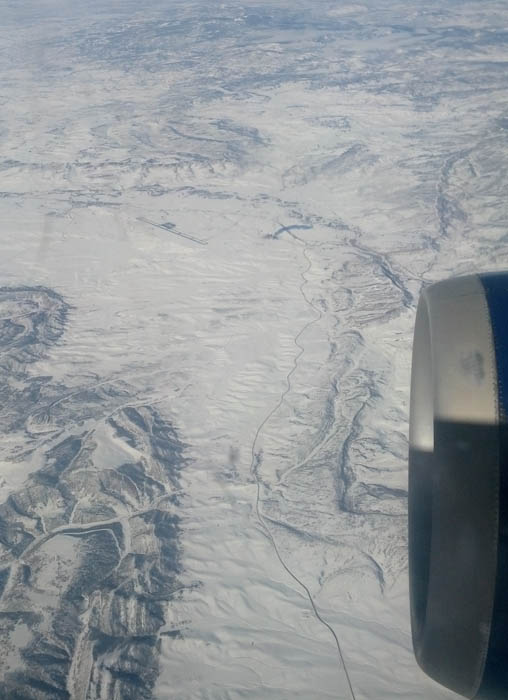
The approach to KSLC was pretty cool. I never thought about the landscape in Utah before, but it turns out that Salt Lake City is surrounded by some serious mountains. Now, throw in winter weather with overcast and you’ll end up with a sea of white except for a few places where the mountains are peaking through.
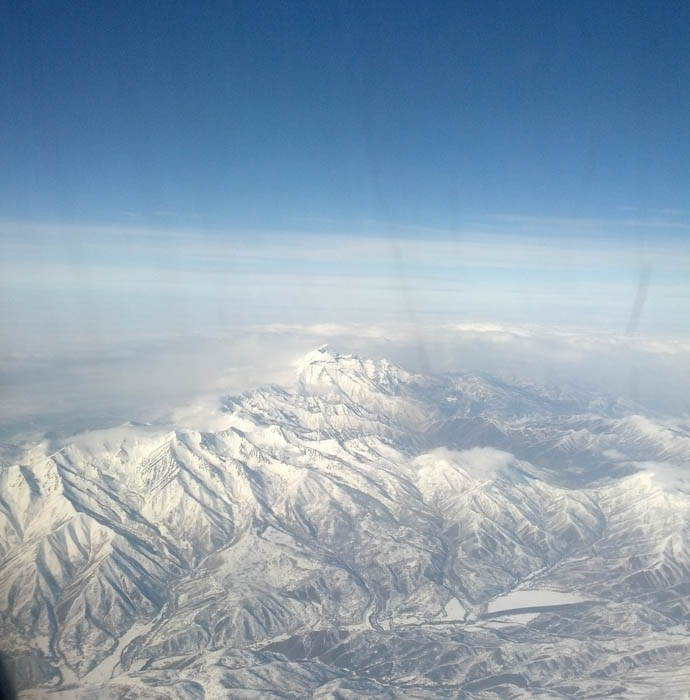
Learning to fly in southeastern Michigan doesn’t make you think about mountains — there just aren’t any. Seeing the mountains peeking through the clouds was a scary reminder that there are more things in the sky than just other airplanes and some towers. If one were flying VFR above the clouds (which is a bad idea), where would be a safe place to descend? Obviously not where the mountains peak through, but any other place might be just as bad. The best looking place could have a mountain or a ridge few hundred feet below the cloud tops. Granted, sectional charts would depict all the mountains but it is a dangerous game to play.
I knew we would end up descending through the overcast and so I played a little game I expected to lose. Once we were in the clouds, I tried to keep track of our attitude by just sensing the forces. I knew I would fail, but I thought it would be interesting to try my best. We spent maybe 90 to 120 seconds in the clouds. At the end, I definitely felt like we were in a right bank —  Spatial disorentation. I knew that we probably weren’t, but without visual information to fix up my perception there was no way for me to know.
Spatial disorentation. I knew that we probably weren’t, but without visual information to fix up my perception there was no way for me to know.
We landed. I watched all the airport signs and markings, following our progress on an airport diagram. Once people started getting off the plane, I decided to ask to see the airworthiness certificate. The first officer (I think) found all the paperwork in the cockpit and showed me. It was really cool to see the same form I see every time I fly the 172 but filled out for an A320. (Theirs was laminated!) We chatted for a little bit about what I fly, and how it’s a good plane. It was fun.
It was time to get to my connecting flight. Nothing interesting happened. I spent about half the flight watching the outside and half reading my book.
After arriving to KSJC, I got up from my seat in the small but comfy plane (CRJ200). I grabbed my backpack from the overhead bin with one hand since the other hand not only had my hoodie draped over but was holding the FAR/AIM. I started filing out. All that was left to do was give the thank-you-for-landing-safely-and-not-killing-me nod to the crew as I exited the plane. The captain or FO happened to be standing in the cockpit door saying good bye to passengers. I nodded as planned. He responded: “good book.” I smiled.
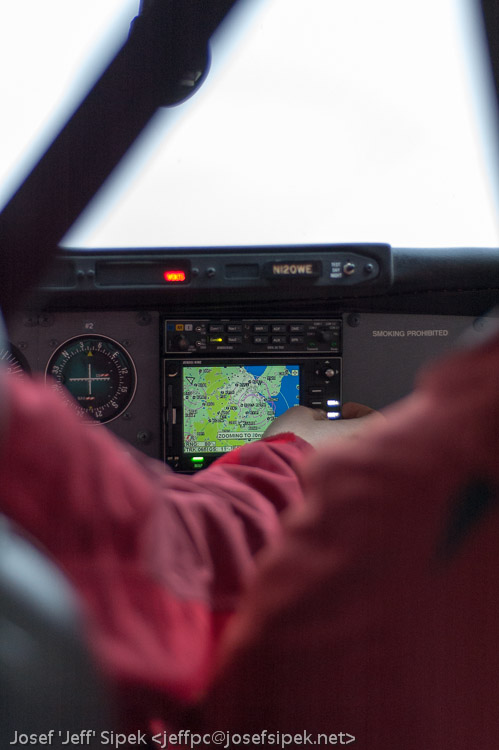


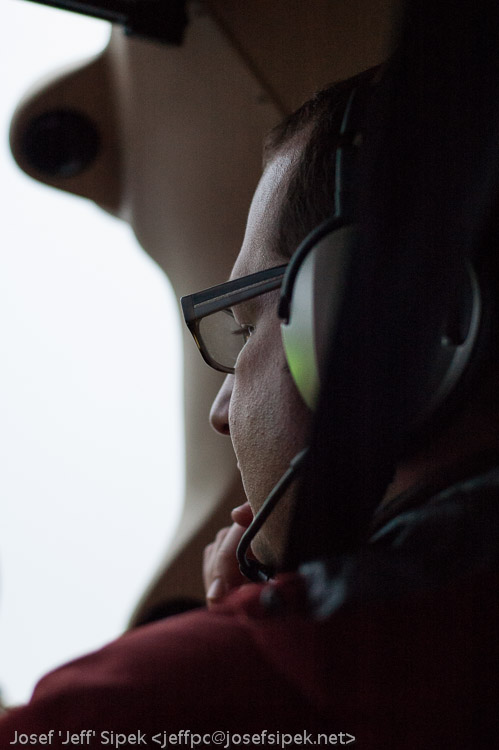
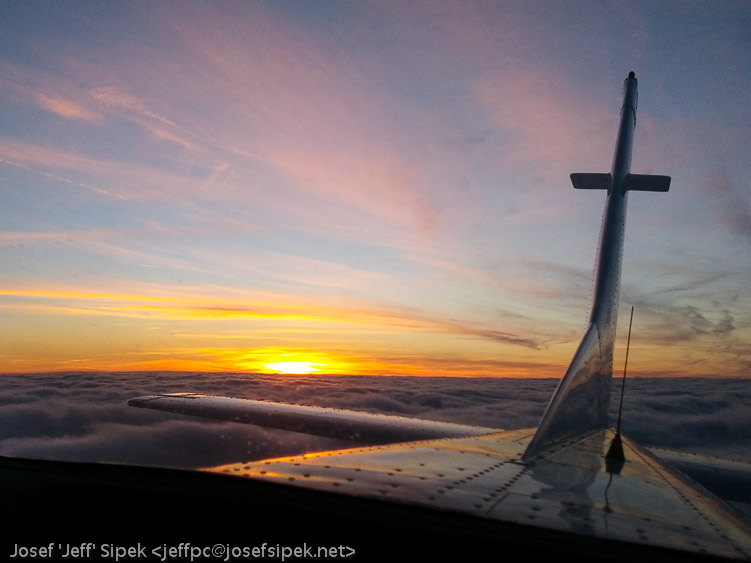
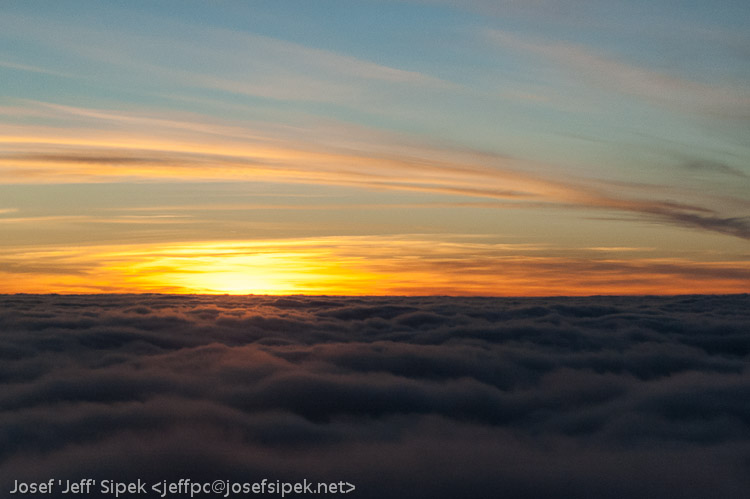
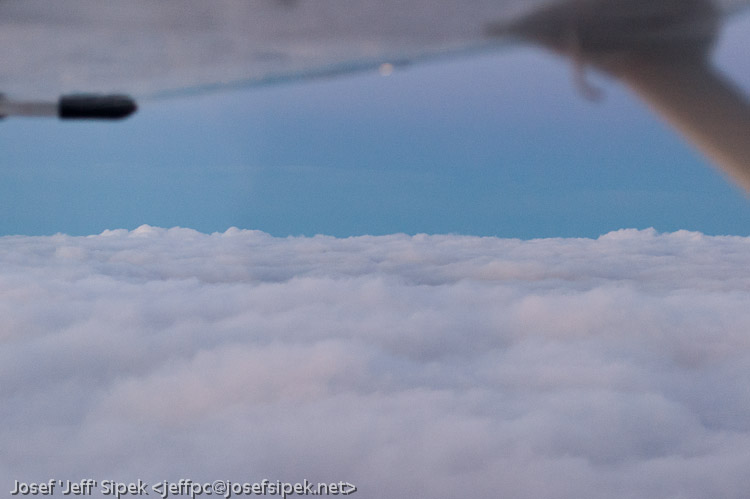


 Spatial disorentation
Spatial disorentation